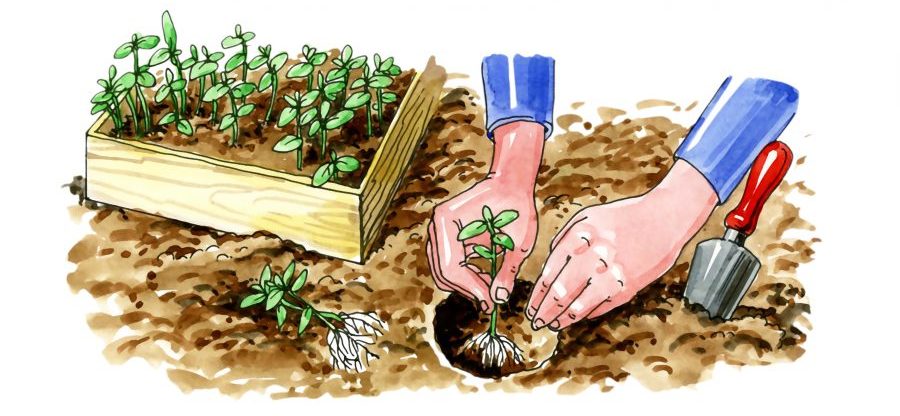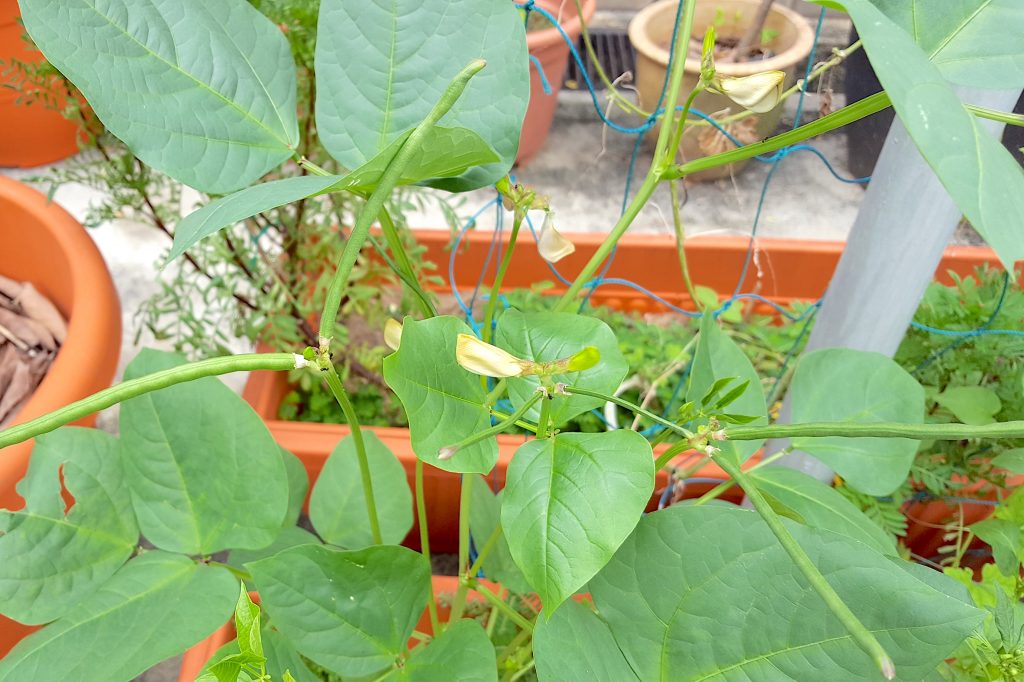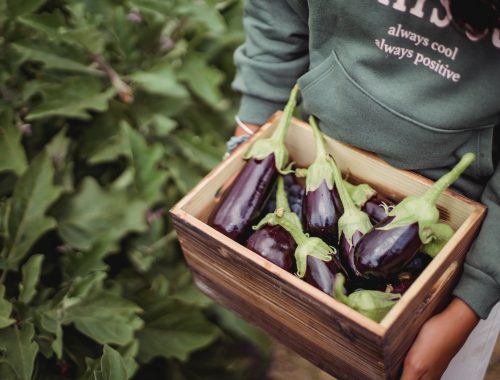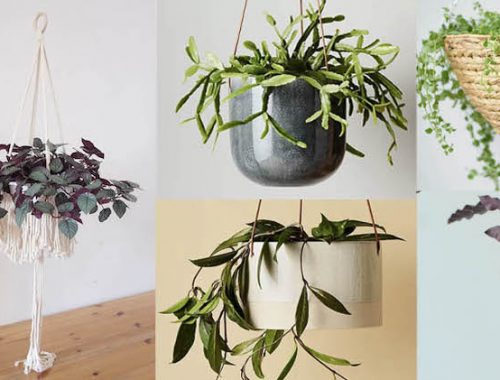There are many benefits to growing green manure crops, mainly to improve soil conditions for growing your next crop of healthy vegetables. These benefits include higher nitrogen availability, additional organic matter, increased beneficial micro organisms, improved soil structure and water retention, breaking up hard soil, and in some cases soil fumigation and weed suppression. I would highly recommend growing green manure plants as part of a crop rotation strategy – don’t have one? I’ll show you how 🙂
What is green manure?
Green manure consists of leguminous plants such as those in the peas, beans and grass family which have nitrogen fixing capabilities. Liberally distribute or broadcast seeds in your pots or garden plot, and after around 6 weeks, “chop and drop” these plants and dig it into the soil and leave to break down for 1-2 weeks to add nutrients back into the soil. Don’t wait till it begins to flower or fruit or you will lose these nutrients.
For our tropical climate in Singapore, I would suggest the following:
- Mustard seed
- Cowpea
- Pigeon pea
- Soy bean
- Green bean / Mung bean
- Winged bean
- Lab Lab
If you happen to forget to chop and drop your plant in time, at least you can eat the pods of pea and bean plants, or use mustard seeds, leaves and flowers in your cooking. If you are looking to purchase some of these seeds, I have cowpea and lablab available here. I will eventually update this post to include links where you can buy these seeds.
Why is crop rotation important?
Through alternating the use of heavy feeders with light feeders, crop rotation results in crop diversity, which allows for nutrient balance in the soil and minimises the risk of soil bourne diseases and pests. For example, plants in the nightshade or Solanaceae family, such as tomatoes, eggplants, potatoes, capsicum, chilli, should not be planted in succession of one another because they are susceptible to the same types of diseases, and it is advised that following a nightshade crop, no other crops from the same family should be planted in that plot for at least three years. Not all diseases can be managed with crop rotation, but in general it is good practice to do so.
It is helpful to remember some plant family names. Legumes refer to the beans, peas and grasses, while Brassica include the cabbage family, such as kale and broccoli, Cucurbits make reference to cucumbers, pumpkins, gourds, root vegetables are self explanatory, and as mentioned above, Solanaceae consists of tomatoes, potatoes, capsicums, and Alliums pertain to onions, leek, shallots and garlic.
I like to refer to this sequence:
Legumes -> Brassica -> Cucurbits -> Root Vegetables -> Solanaceae -> Alliums
It is worth noting that lettuce and green manure crops can be grown at any point during crop rotation. It’s not necessary to follow this exact sequence of six plant families, I don’t grow much root vegetables or alliums, and instead I substitute these with green manure or lettuce. In between plantings, be sure to fertilise according to the needs of the next plant.
This is certainly a much deeper topic, and what I have mentioned here merely scrapes the surface. It is worth reading about soil diseases so you can identify them early. Do give green manure crops and crop rotation a go!






No Comments